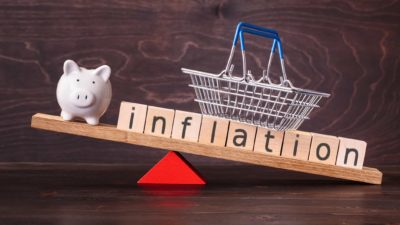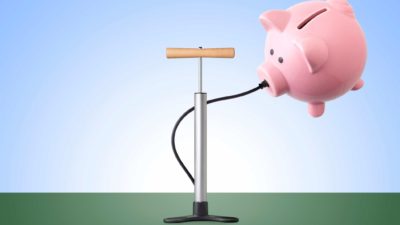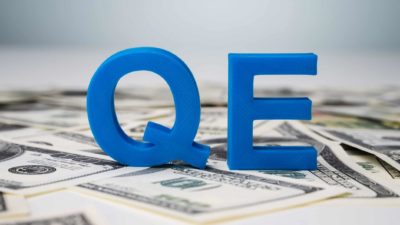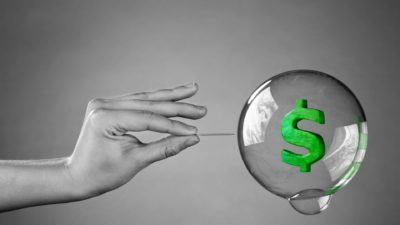Inflation is not a term we hear much of these days. Well, in terms of its current impact. In fact, with the economy still in a coronavirus-induced shock and interest rates at a record low of 0.25%, it's fair to say that the powers that be are more worried about deflation (or negative inflation) right now.
But there are signs that some investors are preparing for a return of inflation to the world of investing. Just last weekend, I wrote about how the ultra-rich are hoarding gold whilst other investors are enjoying the resurging share market. Gold is often touted for its supposed 'inflation-proof' nature, which is one of the reasons the rich are finding the yellow metal alluring.
What is inflation and why is it bad?
Inflation is defined by the slow-but-steady increasing of prices, or conversely, the weakening of a currencies' value over time. It's the reason why a loaf of bread cost 10 cents 50 years' ago, but $3 today. Inflation is one of the greatest fears of an investor — and for good reason. In periods of high inflation (like in the 1970s–80s), the 'real' value of our hard-earned dollars declines, fast. That means that any cash lying dormant isn't earning an inflation-beating return is losing real purchasing power. If inflation is 6% per annum and you receive a return of 5% from an investment, your money is going backwards in real terms.
Of course, a little inflation is generally accepted as good for the economy. It encourages spending and credit growth. That's why the Reserve Bank of Australia (RBA)'s official inflation policy is to aim for an inflation 'bandwidth' of 2-3% per annum.
But too much inflation is destabilising. If prices rise by 6% PA, every ASX company will have to increase their good and services' pricing by at least 6%. And that's just to break even. They will also be under pressure to grow their wages and other costs to keep up as well.
Are we heading for inflation on the ASX?
Actions by central banks around the world to combat the coronavirus is the biggest reason many investors are fearing future inflation. Specifically, investors are worried about the controversial monetary policy procedure; 'quantitative easing' (or QE).
Quantitative easing involves the central bank creating liquidity (also called money printing) which it uses to buy government bonds. As most of us would know, printing money has historically been a surefire way to create inflation. According to the Australian Financial Review (AFR), the US Fed has increased the value of its balance sheet from US$4 trillion before the pandemic hit to around US$8 trillion today. It took the global financial crisis and 11 years afterwards to get to US$4 trillion. Now the US has doubled it in 3 months.
The US isn't feeling the inflationary effects of this extraordinary cash injection now. But it might well do at some point down the road. I'm not an economist, but what the US is doing is dangerous in my opinion. Sure, all governments have to protect their economies from the coronavirus fallout. But nothing is free in this world, and I wouldn't be too surprised if inflation rears its head once more in the coming years. And if the US is hit with inflation, you can be sure is effects will be felt on the ASX, too.
The best solution in my view? Buy good-quality ASX shares, of course!







